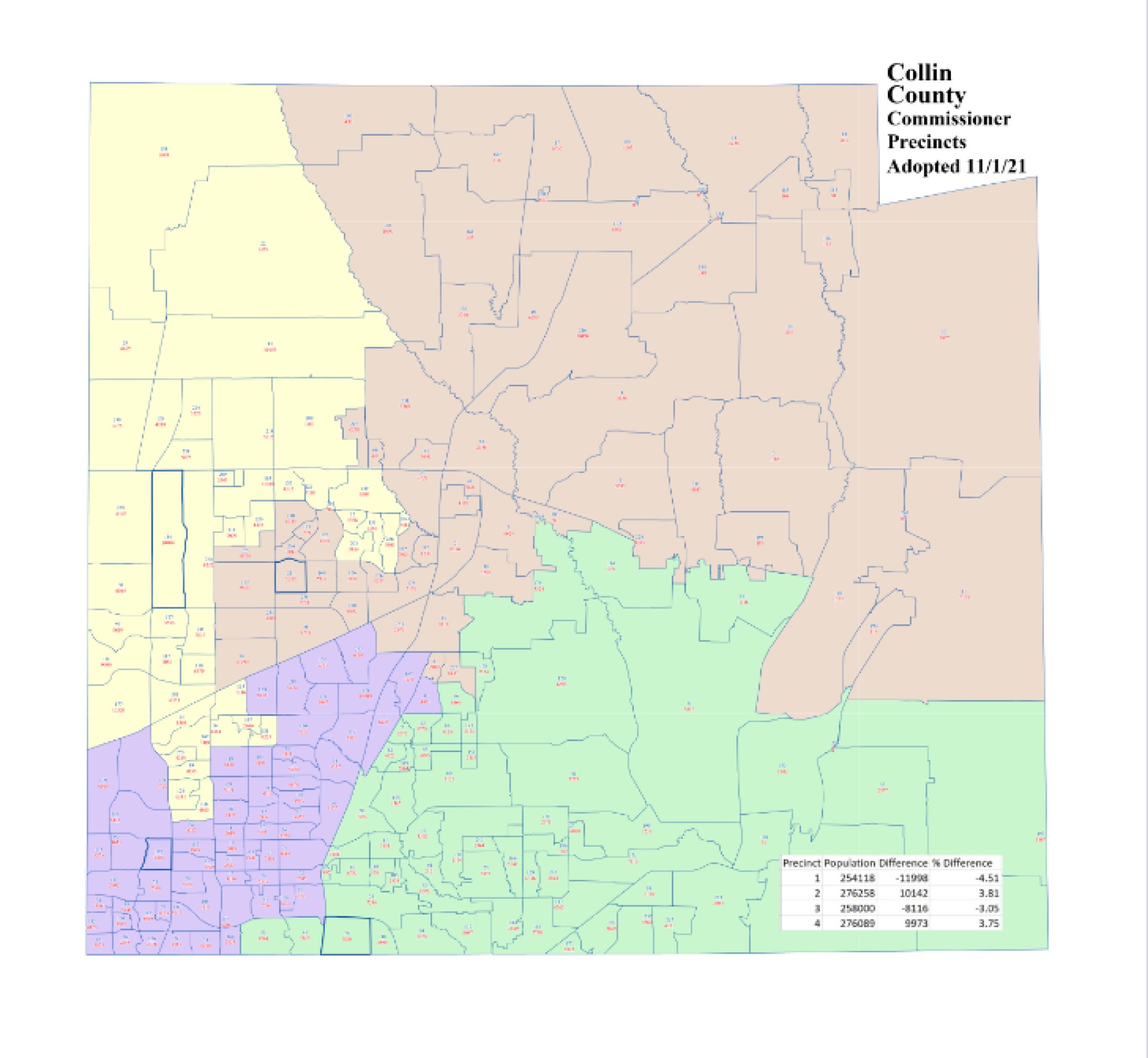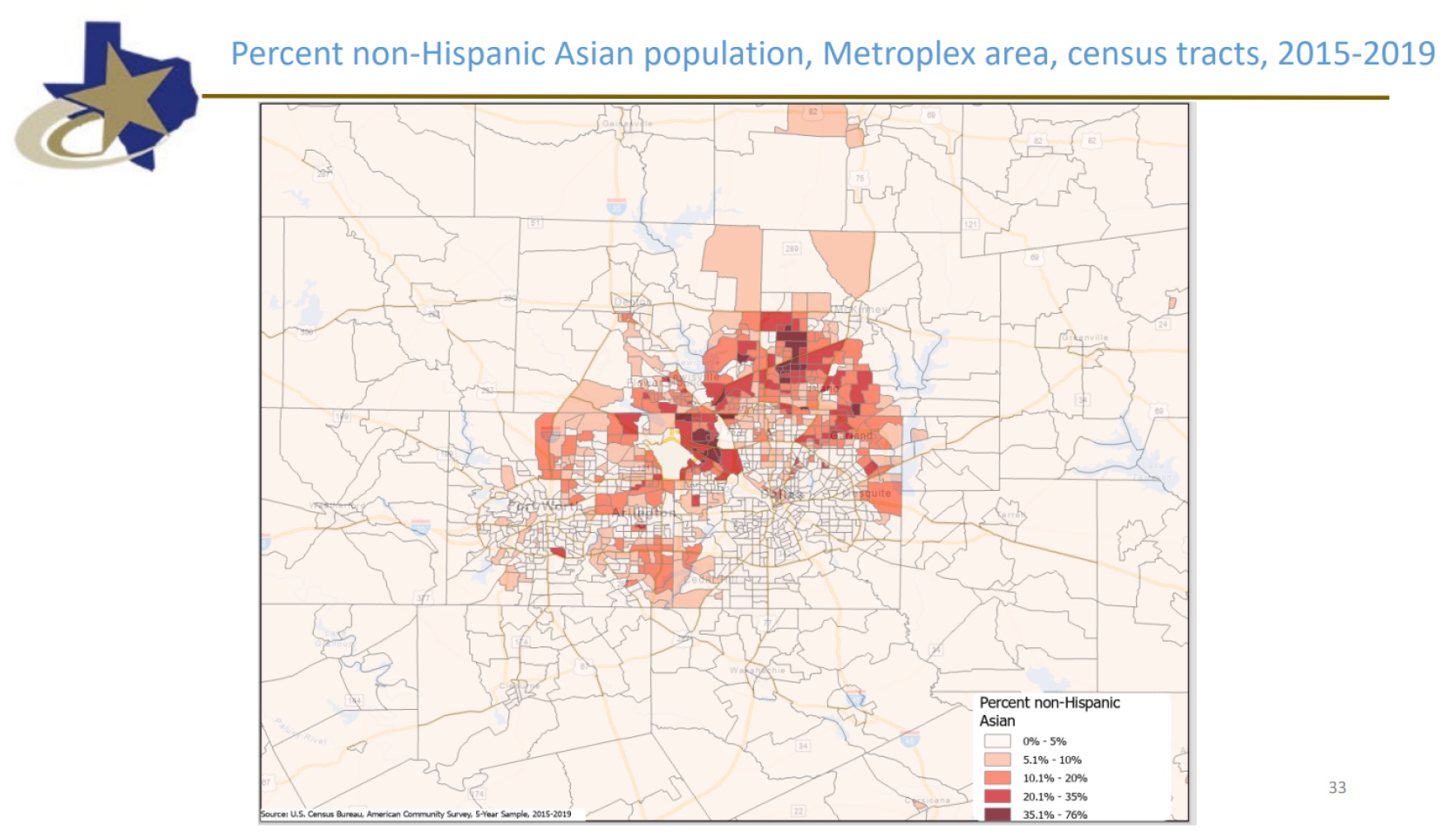Dwight Briggs has lived in Collin County for thirty years. And he’s witnessed tremendous growth in its Asian population over the past decade. But as he stood in a Plano shopping center that’s home to several South Asian-owned businesses, Briggs noted the Asian community’s political clout has been diminished.
In short, he said, county commissioners recently had an opportunity to redraw precinct maps dividing that community. They chose not to.
“The opportunity to correct the maps and create fair maps was not taken,” said Briggs, who works with groups like Good Citizens of DFW to educate area residents about voting. “You still have that dilution of the voting impact.”
One commissioner said his focus was on keeping the county politically “red.”
This fall, local government officials of both parties around Texas have advanced gerrymandered districts to solidify their power. These elected leaders at the county, city and school board level have largely avoided the scrutiny directed at Republicans in the state legislature when they drew state and federal lines to overwhelmingly favor white Texans.
But the stakes are high in the fight over local district boundaries as well.
County commissioners, city council members and school board members often impact the lives of Texans more directly than members of Congress in Washington. They hire school superintendents, city managers and public health directors. Local officials also decide how to allocate federal dollars in, say, a COVID-19 relief package. County commissioners often have a robust oversight role in local elections and certify the results.
“When we’re talking about election security and integrity and access, all of that is run at the county level,” said Sarah Chen at the Texas Civil Rights Project.
The Collin County Commissioners Court recently completed new maps for its four commissioner districts. Ten Plano voting precincts south of the Sam Rayburn Tollway were cleaved from their Plano neighbors and crammed into a different commissioner district. Several of those 10 precincts are between 35% and 70% Asian.
The surrounding Plano area, represented by a different commissioner, is not as heavily Asian, but still between 10% and 35% of the residents.
















